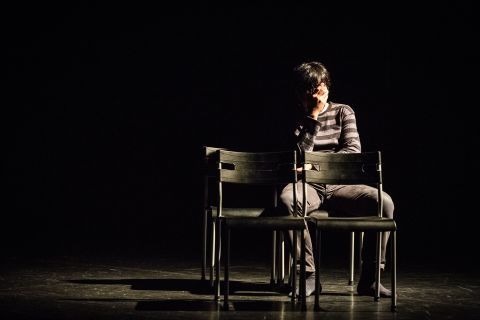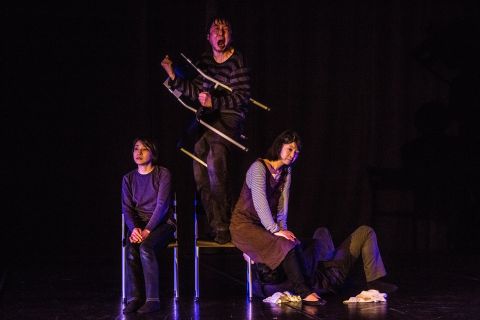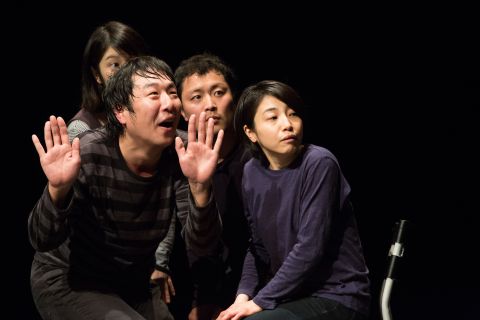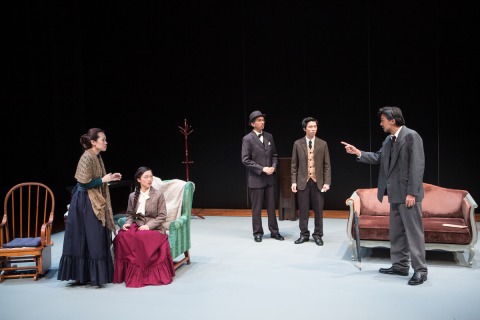#azjazzlessons #3: How Julian Lage Practices Guitar
 Monday, February 3, 2014 at 11:35AM
Monday, February 3, 2014 at 11:35AM For jazz guitarists & jazz improvisors:
#azjazzlesson #todayIlearned
So I'm trying to learn something new everyday by documenting what I learned from watching a YouTube video. Today I looked for something from Julian Lage and stumbled on this amazing 28-minute workshop video.
Here are the main things I learned from the video:
On learning the guitar fretboard:
1. Take a note a day for 12 days so you know all the notes on the guitar
On Improvising:
2. Improvise in A Major but in random order, set a tempo, play in time and let your ear guide you (within 2 octaves)
On Technique:
3. Julian thinks of the pinkie finger as the anchor, as finger 1 for the fretting hand of the guitar and how it relates to the whole arm, to the shoulder
On Counterpoint:
4. To start playing with counterpoint on guitar, leave a note ringing while moving other fingers. This is a way to start.
5. The 2nd way is to consider just the bass & soprano parts. The important thing is to play in time.
6. Play the bass part into the alto voice
7. Practice scales with two lines in the opposite directions
8. Sing each line of a contrapuntal part you play to really hear it
Thanks Julian for the knowledge & thank you to Liana Polanco for recording this.
https://www.youtube.com/watch?v=utvS0sIQKZQ
#improvisation #jazz #technique #guitar
--
If you're interested to learn more in depth, lessons are available worldwide via Skype & in person in Kuala Lumpur.
Register for the 2-month jazz guitar masterclass here:http://www.azsamad.com/jazz
_________
❤ If you liked this post, please Like it or Tweet it! =)





